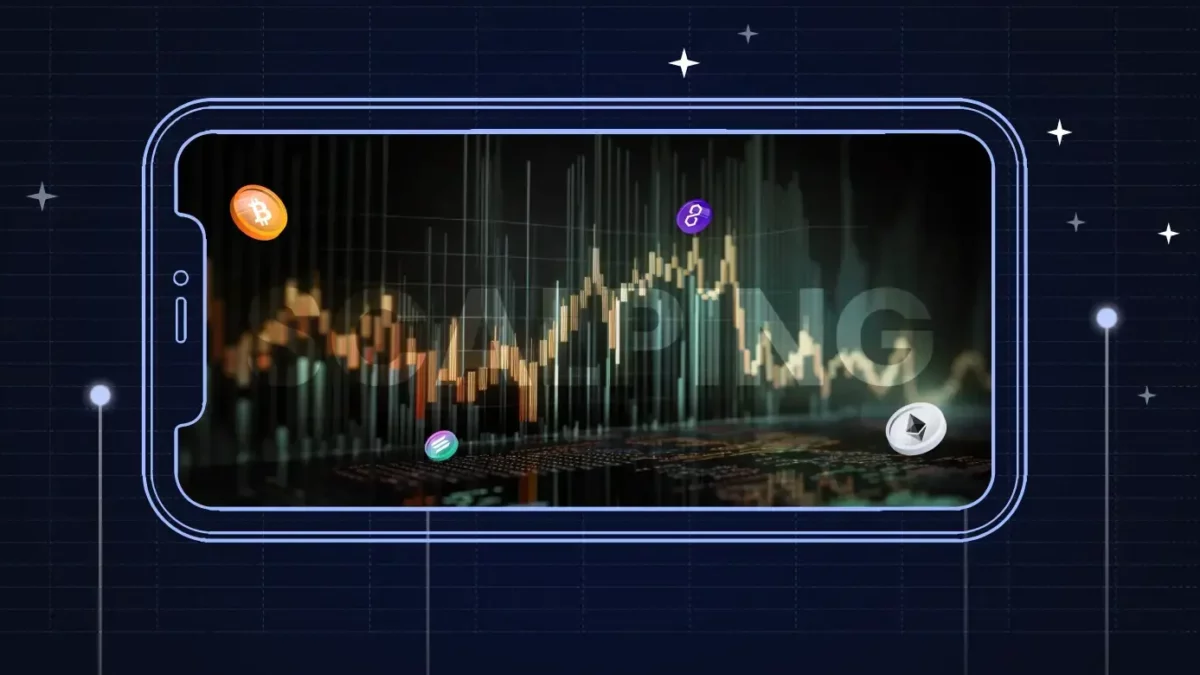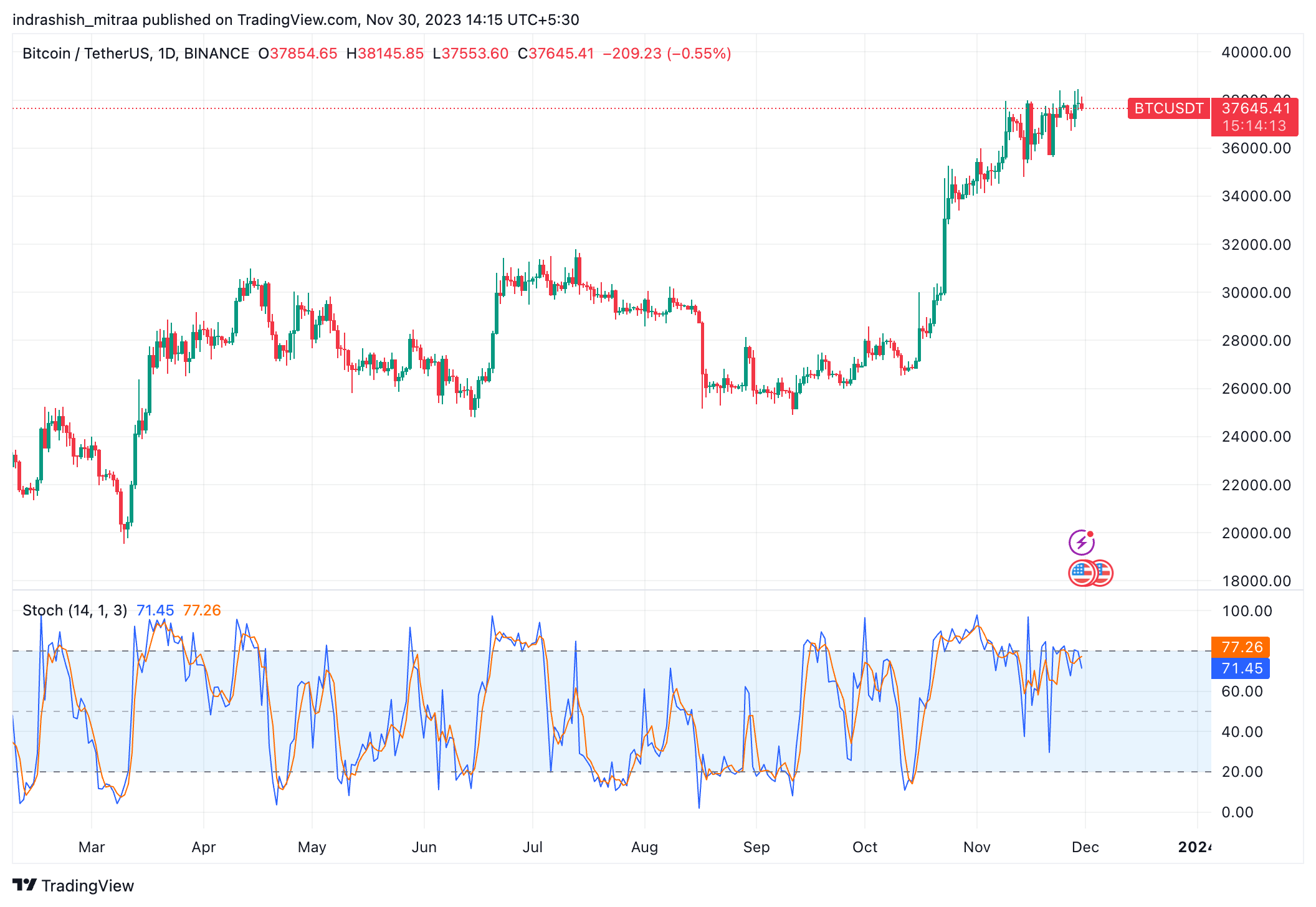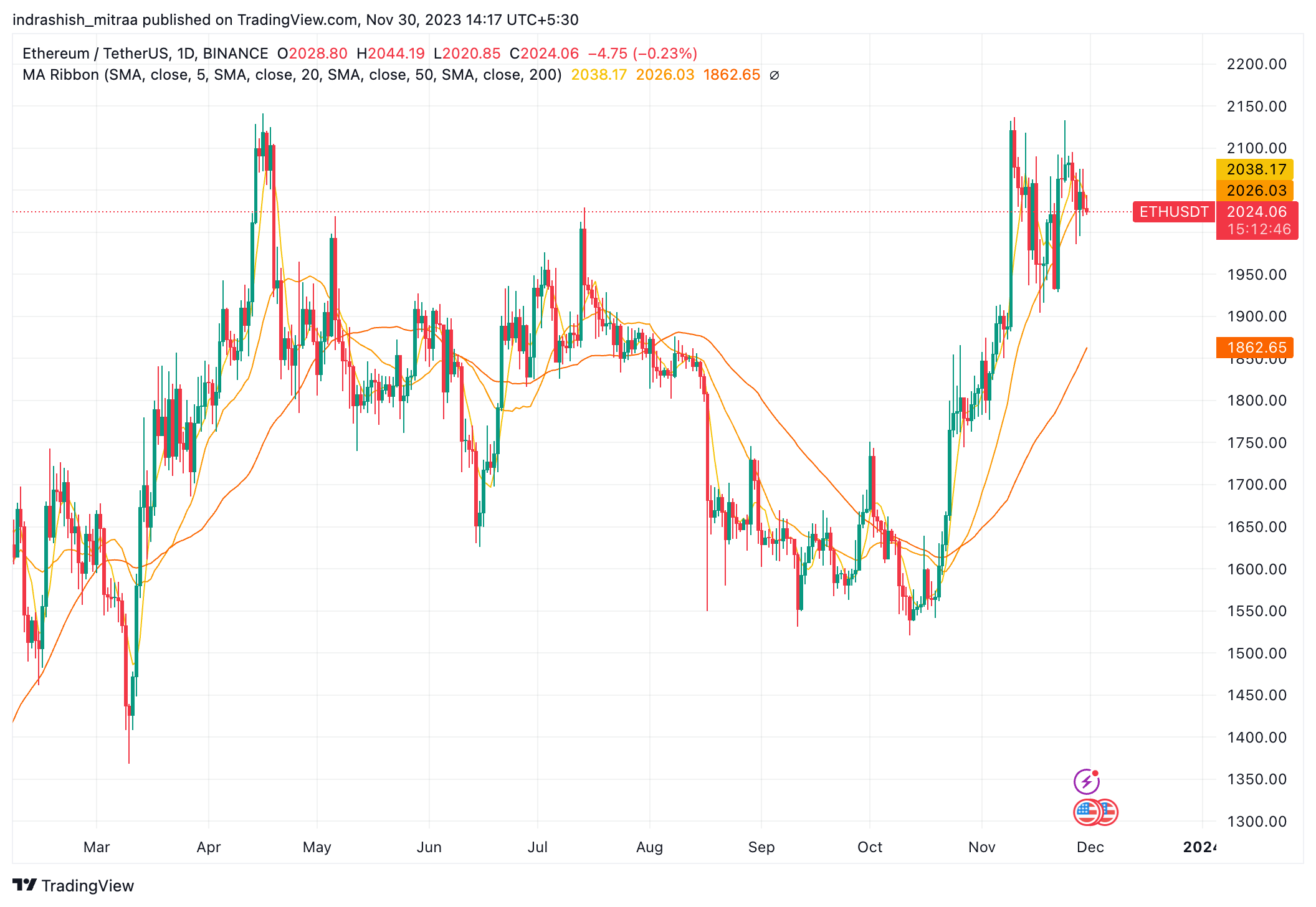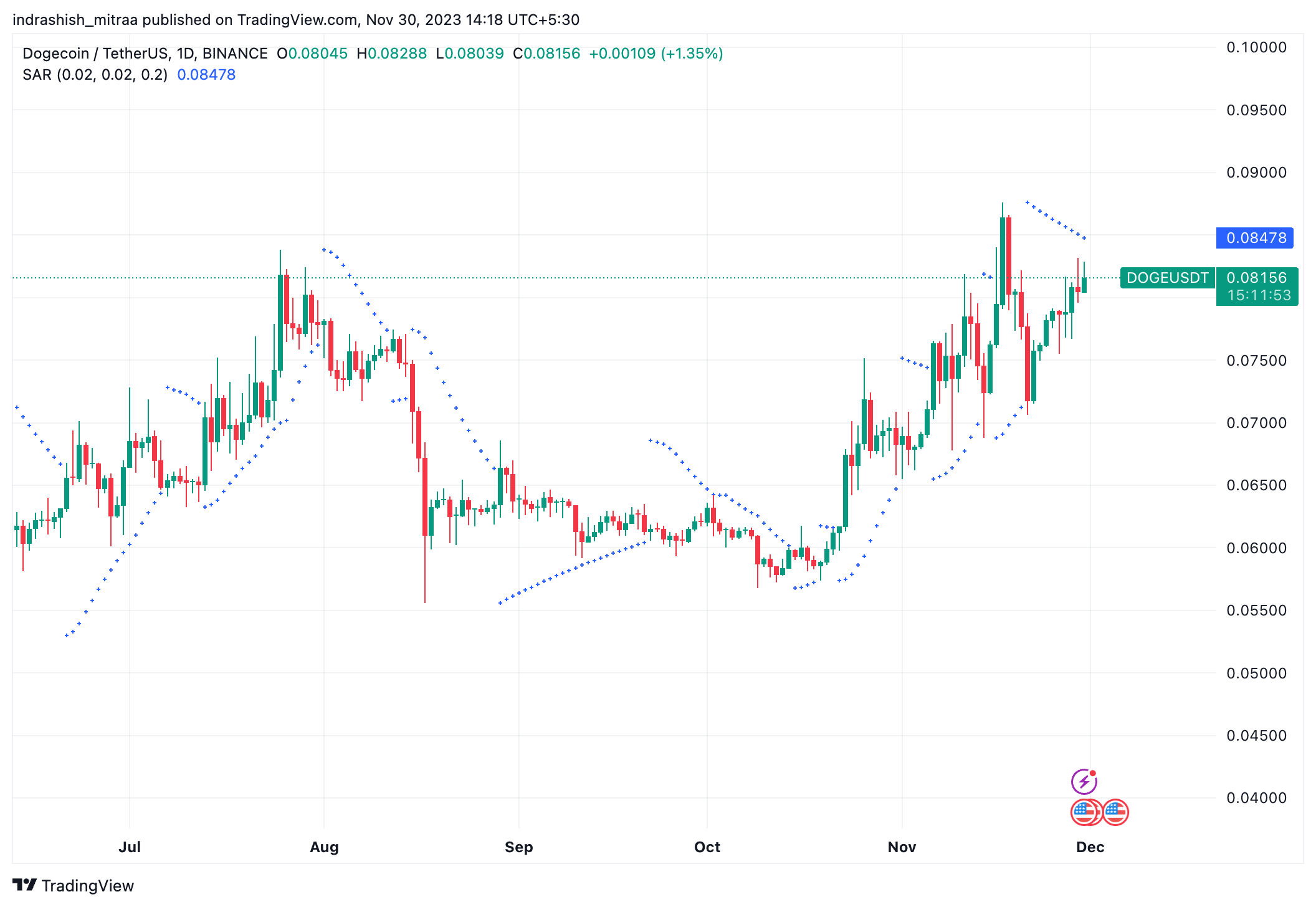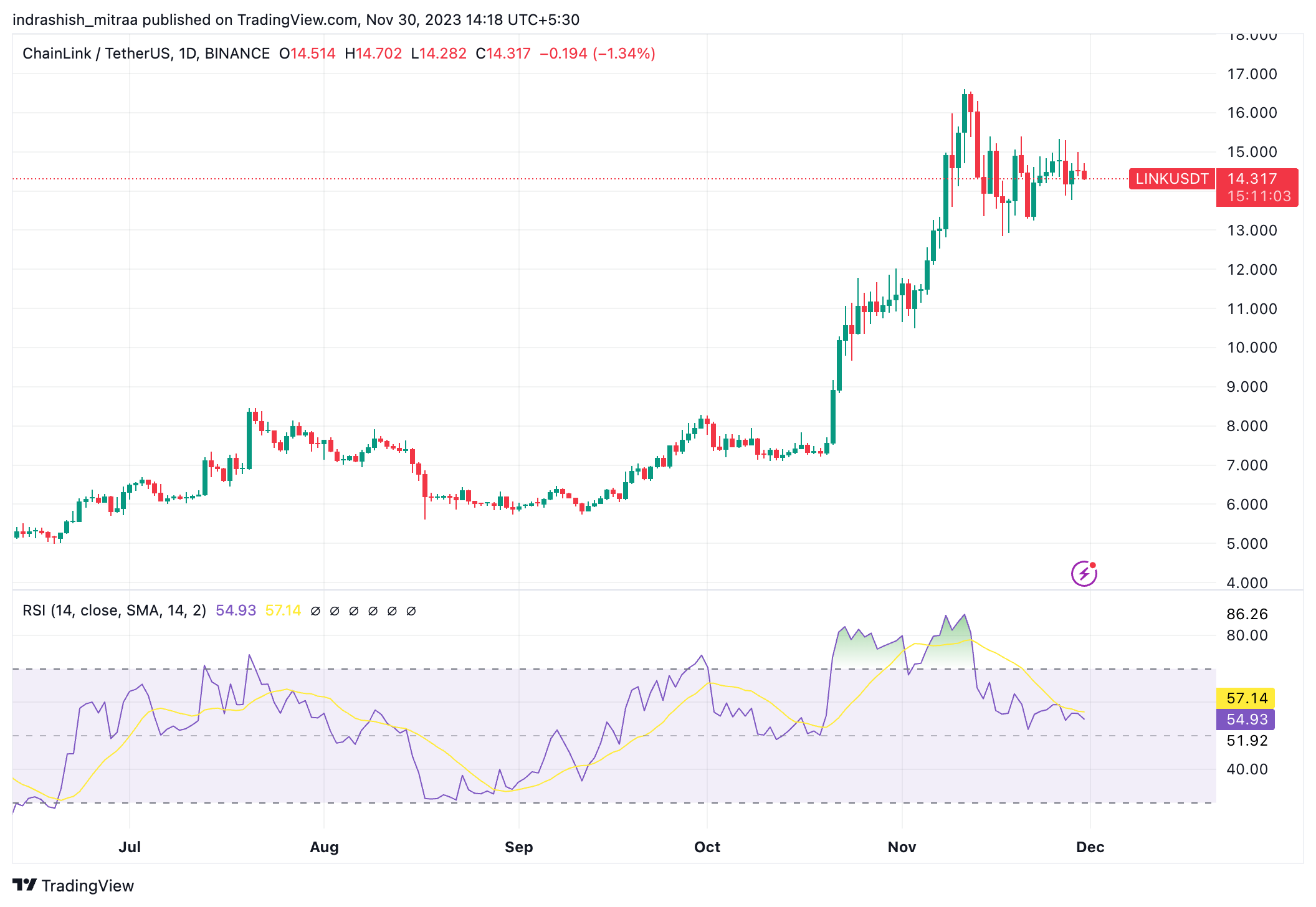Table of Contents
ToggleKey Takeaways
- Diverse Strategies: Explore various crypto scalping strategies like Stochastic Oscillators, Moving Averages, Parabolic SAR, and RSI to leverage short-term price fluctuations effectively.
- Risk Management: Implement effective risk management techniques and adapt strategies to market volatility and liquidity for successful crypto scalp trading.
- Indicator Utilization: Utilize crypto scalping indicators wisely, considering market conditions, to make informed decisions and optimize profits within a short timeframe.
- Disciplined Approach: Adhere to a disciplined approach in executing crypto scalp trading, emphasizing caution, disciplined risk management, and a well-structured approach to achieve profitable outcomes.
What is Scalp Trading in Crypto, and How Does It Work?
Scalp trading in crypto refers to a short-term trading strategy where traders aim to make numerous small profits by capitalizing on minor price movements within a short timeframe. It involves executing multiple trades throughout the day, aiming to exploit temporary fluctuations in the market. The primary objective of scalping is to accumulate profits by buying at the bid price and selling at the asking price within a brief period, usually seconds to minutes.
How Scalping Works in Crypto:
- Quick Trades: Scalpers aim to enter and exit positions swiftly, often seizing opportunities in highly liquid markets, leveraging volume surges or momentary price imbalances.
- Small Profit Margins: Profits in scalping may seem marginal per trade, but they accumulate through the frequency of trades. The strategy prioritizes quantity over large individual gains.
- Risk Management: Effective risk management is vital. Scalpers set stop-loss orders to limit potential losses, aiming for risk-to-reward ratios favoring higher potential gains over minimal losses.
- Technical Analysis & Indicators: Scalpers heavily rely on technical analysis and use indicators like Moving Averages, Relative Strength Index (RSI), Bollinger Bands, and Volume Profiles to identify short-term price movements.
- High Speed & Focus: Scalping demands quick decision-making, a disciplined approach, and intense focus, often requiring traders to leverage high-speed trading platforms and tools.
Crypto Scalping Strategy:
- Identify Volatile Assets: Focus on highly liquid and volatile cryptos, as they offer more price fluctuations within short periods.
- Set Clear Entry & Exit Points: Define precise entry and exit points based on technical indicators or chart patterns, ensuring a disciplined approach to trading.
- Risk Management: Prioritize risk management by setting stop-loss orders and adhering to predetermined risk levels for each trade.
- Leverage Technical Analysis: Use technical indicators and chart patterns to predict short-term price movements and identify potential entry and exit points.
Successful execution of crypto scalp trading requires discipline, a clear strategy, quick decision-making, and continuous market monitoring. Traders should also adapt to market conditions, refine strategies, and consistently practice risk management to succeed in this fast-paced trading approach.
Read On: Top Crypto Day Trading Strategies
Top Crypto Scalping Indicators & Strategies
1. Stochastic Oscillator Strategy:
- Explanation: The stochastic oscillator helps identify potential reversal points by comparing the current price to its recent range. It aims to indicate overbought or oversold market conditions.
- Execution: In an upward trend, traders seek entry points when the %K line crosses above the %D line, signaling a buy. Conversely, short positions are considered during a downtrend when the %K line falls below the %D line, indicating a sell opportunity. This strategy also uses levels 80 and 20 to determine overbought or oversold conditions.
2. Moving Average Strategy:
- Explanation: This strategy involves using short-term and long-term moving averages to define trends and potential entry/exit points.
- Execution: For instance, traders identify buy signals when the shorter-term moving average crosses above the longer-term moving average during an upward trend. Conversely, selling positions are considered in a downtrend when the shorter-term moving average falls below the longer-term moving average. Variations like the crossover of three moving averages (e.g., 5, 10, and 20) are also employed.
3. Parabolic SAR Indicator Strategy:
- Explanation: The Parabolic SAR (Stop and Reverse) indicator assists in recognizing potential trend changes and provides entry/exit signals.
- Execution: Traders consider long positions when the price remains above the SAR dots and short positions when the price falls below the SAR dots. A change in dot position suggests a possible shift in the trend’s direction, signaling traders for potential entry or exit points.
4. RSI Strategy:
- Explanation: The Relative Strength Index (RSI) measures the magnitude of recent price changes to determine overbought or oversold market conditions.
- Execution: During an uptrend, traders look for buying opportunities when the RSI drops to around 30 and then rises above it, indicating potential undervaluation. Conversely, selling positions are considered in a downtrend when the RSI reaches approximately 70 and starts declining, indicating potential overvaluation.
These strategies are geared towards capturing short-term price movements within the crypto market. Successful implementation requires meticulous risk management, incorporating stop-loss orders, and closely monitoring market movements due to the highly volatile nature of crypto assets. Traders employ these strategies to capitalize on quick market fluctuations, aiming for rapid profits by executing numerous trades within a day.
Additional Read: Top Crypto Trading Tools
Factors to Consider When Crypto Scalp Trading
While scalp trading in crypto might seem like a good idea and a very profitable one, there are a few factors that you should consider before dipping your toes in this strategy.
- Volatility and Liquidity: Scalping relies on rapid price movements within a short timeframe. High volatility and sufficient liquidity are essential for executing multiple trades swiftly and efficiently. Prioritize crypto assets with substantial trading volumes and high liquidity to ensure ease of entry and exit from positions without significant price slippage.
- Timeframe Selection: Selecting the right timeframe is crucial for effective scalping. Shorter timeframes provide more opportunities but require quick decision-making. Consider timeframes like 1-minute, 5-minute, or 15-minute charts to identify rapid price movements suitable for scalping. Tailor the timeframe to match the trader’s preferred pace and risk tolerance.
- Technical Analysis Indicators: Employing suitable technical indicators aids in identifying entry and exit points, minimizing risk, and maximizing profits. Utilize indicators like Moving Averages, Relative Strength Index (RSI), Stochastic Oscillator, or Bollinger Bands to spot potential price changes and confirm market trends before executing scalp trades.
- Risk Management: Due to the fast-paced nature of scalping, effective risk management is critical to safeguard against substantial losses. Set tight stop-loss orders and adhere to them strictly. Determine the risk-to-reward ratio for each trade, ensuring potential gains outweigh possible losses. Avoid over-leveraging positions to minimize risk exposure.
- Market Conditions and Events: Awareness of market conditions and upcoming news events can significantly impact price movements. Stay informed about major news, economic reports, or developments within the crypto sphere that could affect the market. Exercise caution or avoid scalping during periods of heightened volatility or uncertainty.
- Practice and Experience: Scalping demands quick decision-making and execution. Practicing in a demo environment helps refine strategies and gain experience without risking capital. Engage in simulated trading environments or use paper trading to practice scalping strategies. Gradually transition to live trading once confidence and competence improve.
By considering these factors, crypto scalpers can enhance their chances of success and navigate the dynamic crypto market environment more effectively. Adapting strategies based on changing market conditions and continuous practice are key to becoming proficient in crypto scalping.
Read More: What is the Best Time to Trade in Crypto Market?
Pros & Cons of Crypto Scalping
Like any other crypto trading strategy, scalp trading also comes with its own set of pros and cons. Let’s discuss that below:
| Pros of Crypto Scalping | Cons of Crypto Scalping |
|---|---|
| Quick Profit Opportunities: Scalping allows swift gains from short-term price movements. | High Stress Levels: Rapid decision-making induces stress. |
| Utilizes Short-Term Trends: Profits from small price movements occurring in a brief period. | Time-Consuming: Constant market monitoring demands more time. |
| Minimized Overnight Risks: Reduced exposure to market volatility when the market is closed. | Potential for Increased Costs: Frequent trades may incur higher fees. |
| Requires Less Initial Capital: It enables trading with smaller amounts compared to other strategies. | Emotionally Demanding: Fast-paced trading can lead to impulsiveness. |
| Enhances Trading Discipline: Promotes disciplined trade execution and risk management. | Susceptible to Whipsaws: Vulnerable to sudden market reversals. |
Thus, as explained above, crypto scalping offers traders opportunities for quick profits by capitalizing on short-term price movements. It allows for minimized exposure to overnight risks and can be executed with smaller amounts of capital. Additionally, scalping promotes a disciplined approach to trading. However, it has downsides such as high stress levels due to rapid decision-making, time-consuming nature, increased costs related to frequent trading, emotional demands, and vulnerability to whipsaws, where quick reversals can lead to losses. Traders must weigh these pros and cons when considering a scalping strategy in crypto trading.
Scalp Trading vs Swing Trading in Crypto
Now while scalp trading is a strategy that involves trading within a very small timeframe, let’s compare it against another strategy, namely swing trading, which is essentially a longer timeframe trading strategy – and analyze how the two are different.
| Aspect | Scalp Trading | Swing Trading |
|---|---|---|
| Time Horizon | Very short-term, usually minutes to hours. | Longer-term, often several days to weeks. |
| Trade Frequency | High number of trades per day. | Fewer trades over a more extended period. |
| Holding Period | Positions are held for very brief durations. | Positions held for extended periods. |
| Profits | Small profits from short-term price movements. | Larger profits from bigger market moves. |
| Risk Management | Rapid decision-making requires strict risk management. | Emphasis on overall portfolio risk management. |
| Stress Levels | High stress levels due to constant monitoring. | Lower stress due to less frequent trades. |
| Market Analysis | Focuses on immediate price action and market liquidity. | The analysis involves broader market trends and events. |
Conclusion
In conclusion, crypto scalping strategies offer a variety of methods to capitalize on short-term price movements in the crypto market. From utilizing indicators like Stochastic Oscillator, Moving Averages, Parabolic SAR, and RSI to considering factors like market volatility and liquidity, these strategies aim to maximize profits within a brief timeframe. Traders must exercise caution and risk management, adapt strategies to market conditions, and employ suitable indicators to enhance their chances of success while engaging in crypto scalp trading. As the market evolves, staying updated on the latest techniques, fine-tuning strategies, and adhering to a disciplined approach are crucial for those looking to thrive in crypto scalping.
Related posts
Understanding the Different Types of Cryptos: Coins, Tokens, Altcoins & More Explained
Explore the major types of crypto assets and their unique roles.
Read more
PAWS Telegram Game: The New Tap to Earn Game That Is Beating Hamster Kombat
Discover how to play and earn with PAWS Telegram game.
Read more
